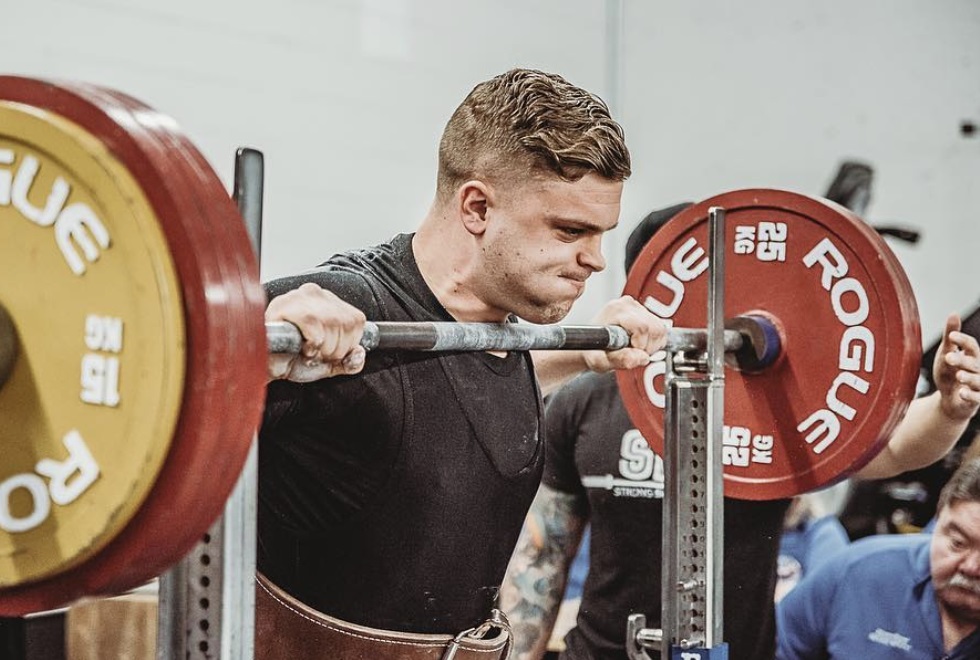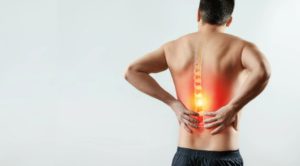
In this article we will take a look at and analyze sticking points in powerlifting.
Now when I say sticking point I don’t mean you are stuck not making progress, i.e. getting stronger on your bench press, squat and deadlifts, this would be handled by getting enough rest and recovery, making sure your diet is not deficient and by taking effective powerlifting supplements. No, what I am talking about is the hardest parts of each lift, where you sometimes get stuck – fail to make the lift. Getting stronger in these “sticking points” can make all the difference in your success as a powerlifter.
Most people believe or tend to think sticking points are bad (but they are not if they are at the right spot) and they believe wherever the weight tends to stop, that is the sticking point and that if they work that spot “they shall overcome”. This is a fallacy also, so now that you think I am crazy or such, let me logically prove my point.
Let us take an example of the bench press. Someone pushes it to within 2-4 inches from the top, now almost all of us would say, “oh he needs tricep work, because the bar stopped at the top and that is where the tricep starts/stops”. Sometimes this would be true if the bar off the chest is very slow, grinding its way slowly up and then stopping. But in most cases one explodes off the chest and pushes, gradually slowing till he almost reaches the top and then stops. The speed of the bar in the bench press is responsible for how far the weight ends up (as well as a bench shirt if he has one on).
To simplify the argument let us state for example that in the bench, the pecs are used first at the bottom; then the deltoids kick in ; then the triceps, depending on where your hand placement is, the height of your chest (i.e. the distance the bar travels). These will dictate as to when each muscle groups kicks in.
There are other things that influence it as well, such as the speed of the bar, the length of the limbs, etc. But to keep it on a simple level we will use the previous mentioned items. Ideally you want each muscle group to kick in as late as possible, i.e. your deltoids would not kick in till you reached half way and the triceps perhaps three fourths of the way up. Now this is probably not the case but it would be ideal. As you blow the bench off your chest for previously mentioned reasons we feel the delts kicking in, then the triceps. If you stall out towards the top, in actuality most likely deltoids are the weak spot. Because of speed and a bench shirt (if used) the bar is carried into the tricep zone. If you get the bar close to the top, just after the triceps kick in and it stalls it could be the triceps but most likely not. The stall out for triceps would be almost at the finish, as the stall out for the pecs would be just a few inches off the chest.
Many people grasp the idea immediately, but many or most do not understand. Using this logic, go to the muscle group before the stall out zone and do extra work in that area or work on your form in that area.
Ideally the sticking points should be at the bottom of each lift. Squat at the bottom, bench at the bottom and deadlift on the floor.
If all of your muscles have been worked evenly you should be able to finish anything you start, ideally. Most do not, that is why we go back to each sticking point and work those areas.
See if this will help each of you to work the right areas that need the most work in improving your lifts.






